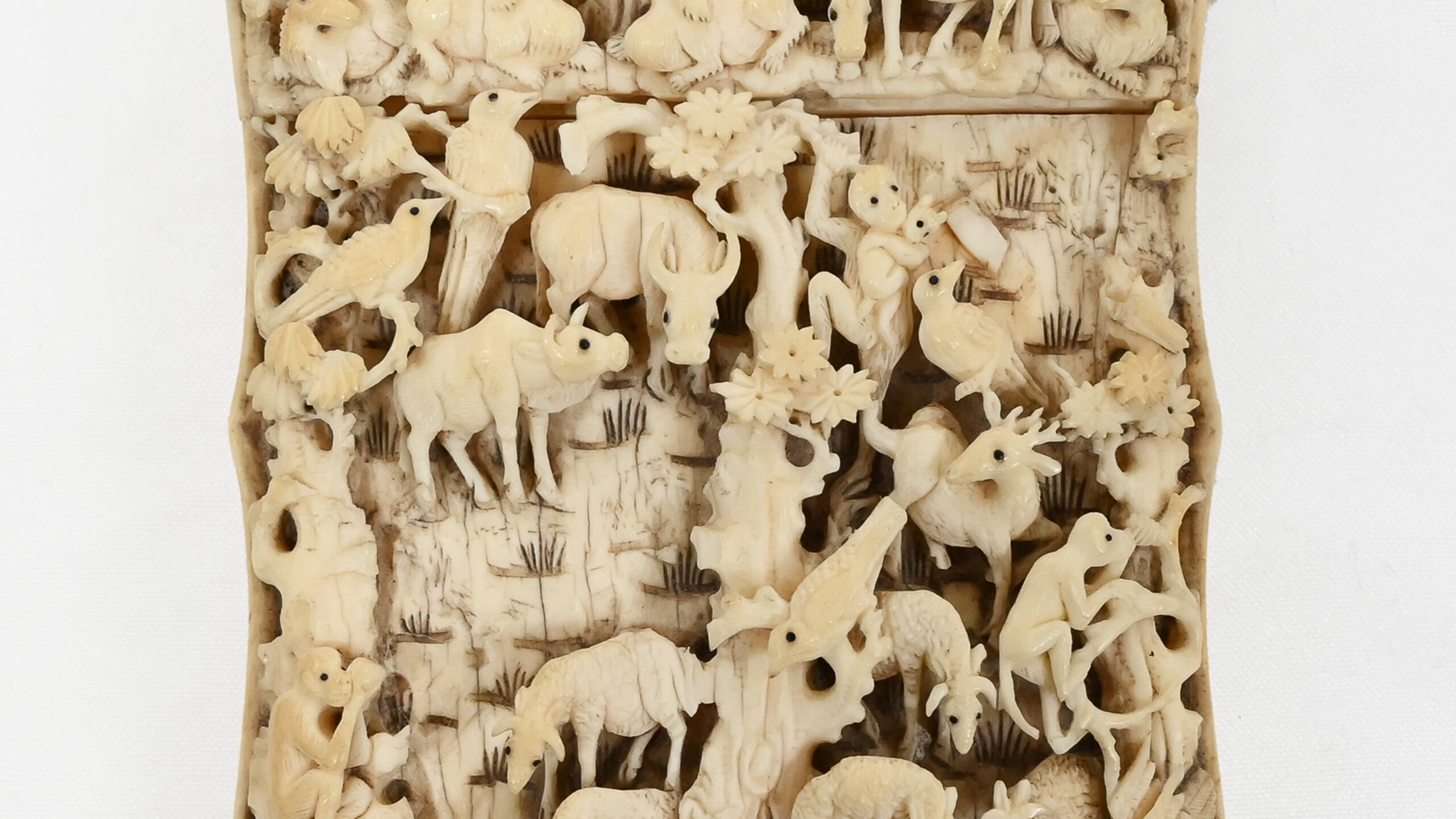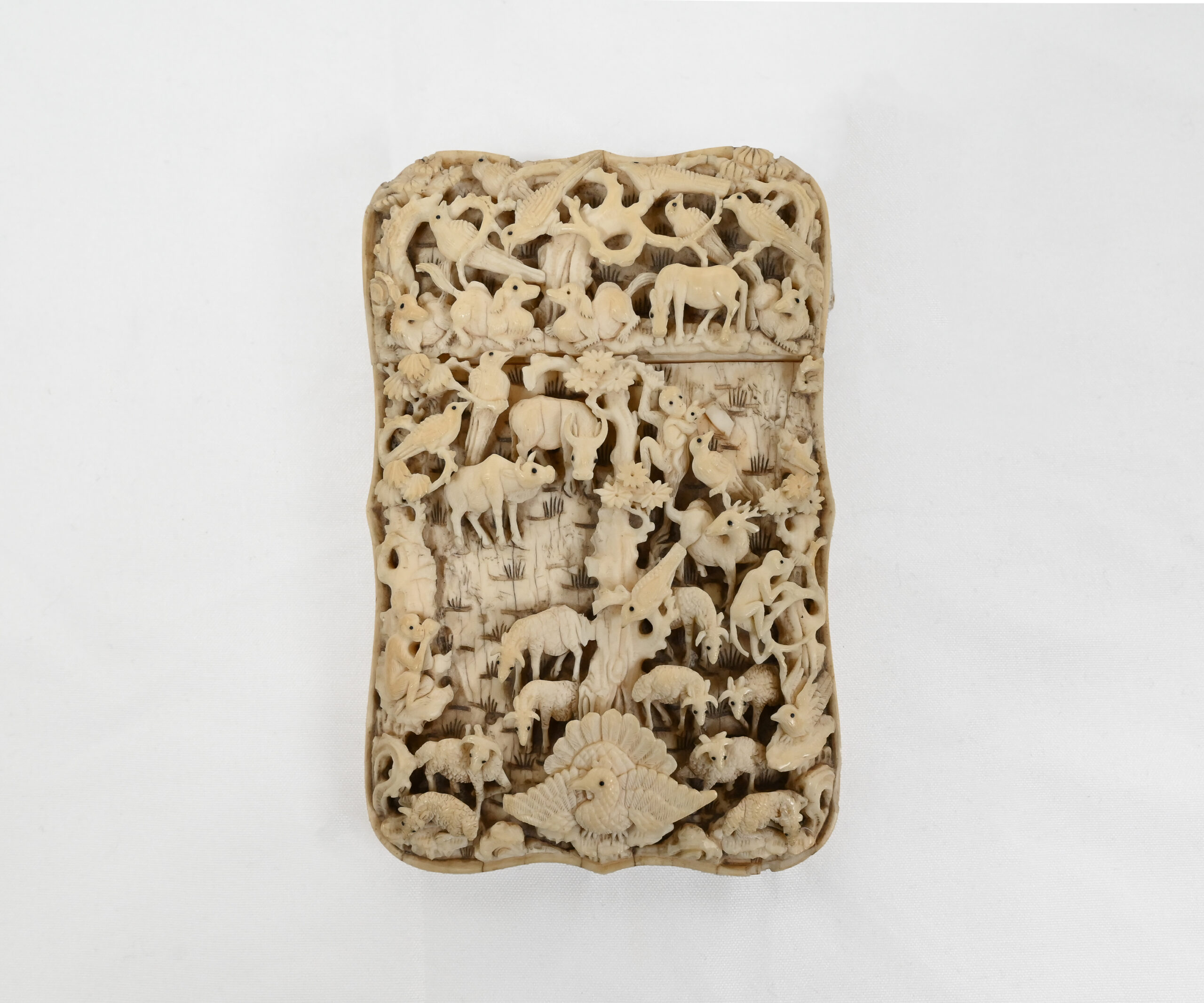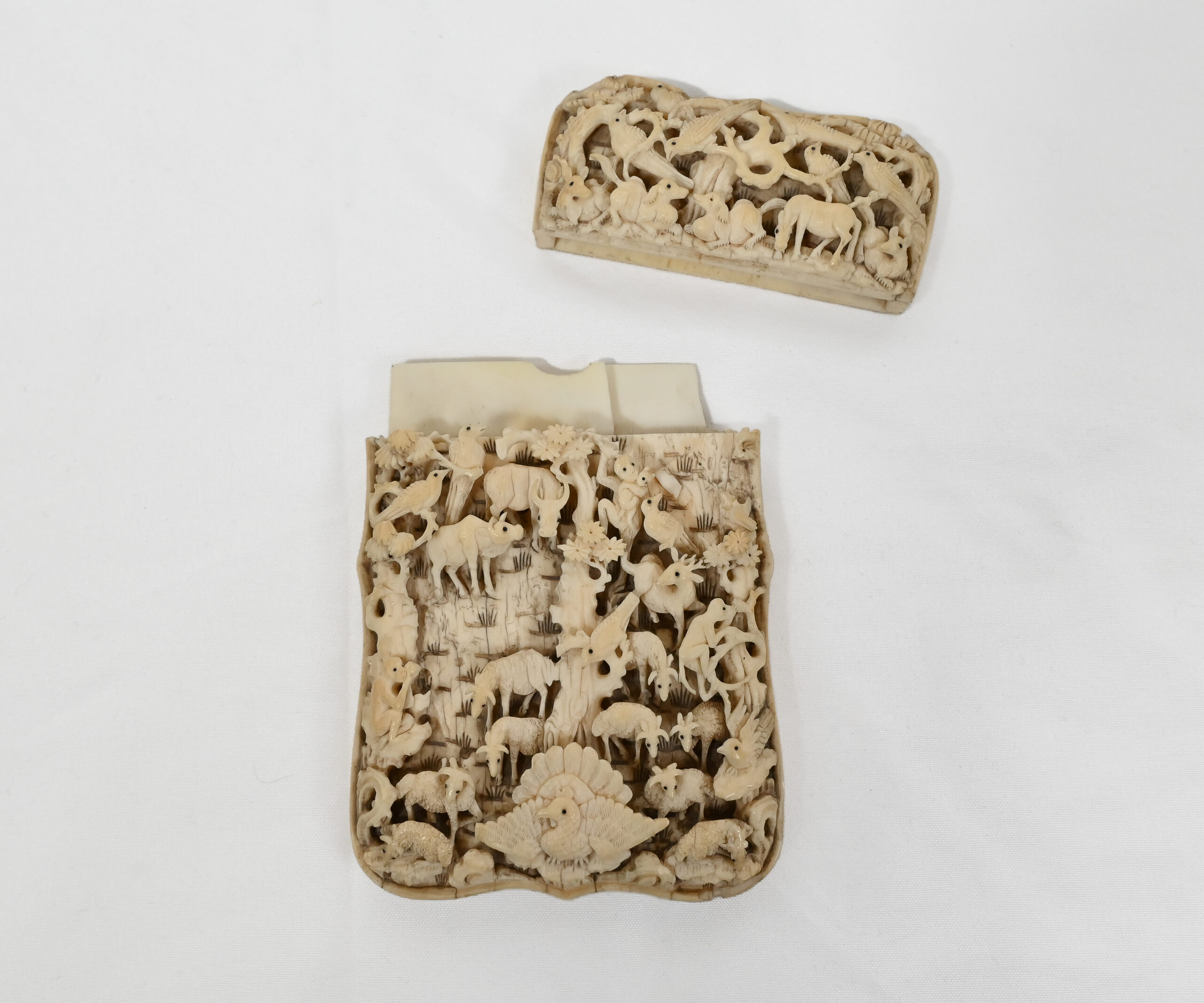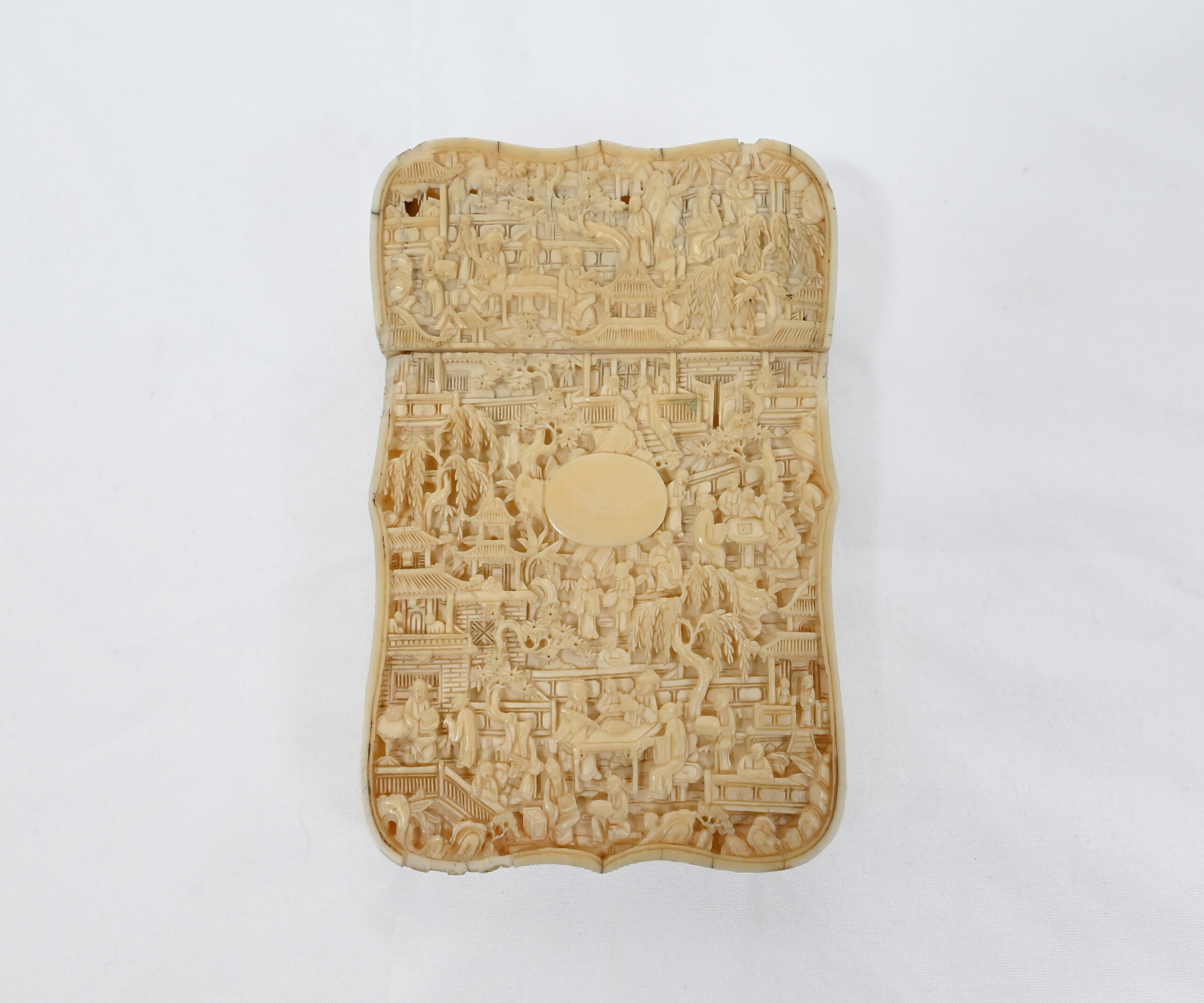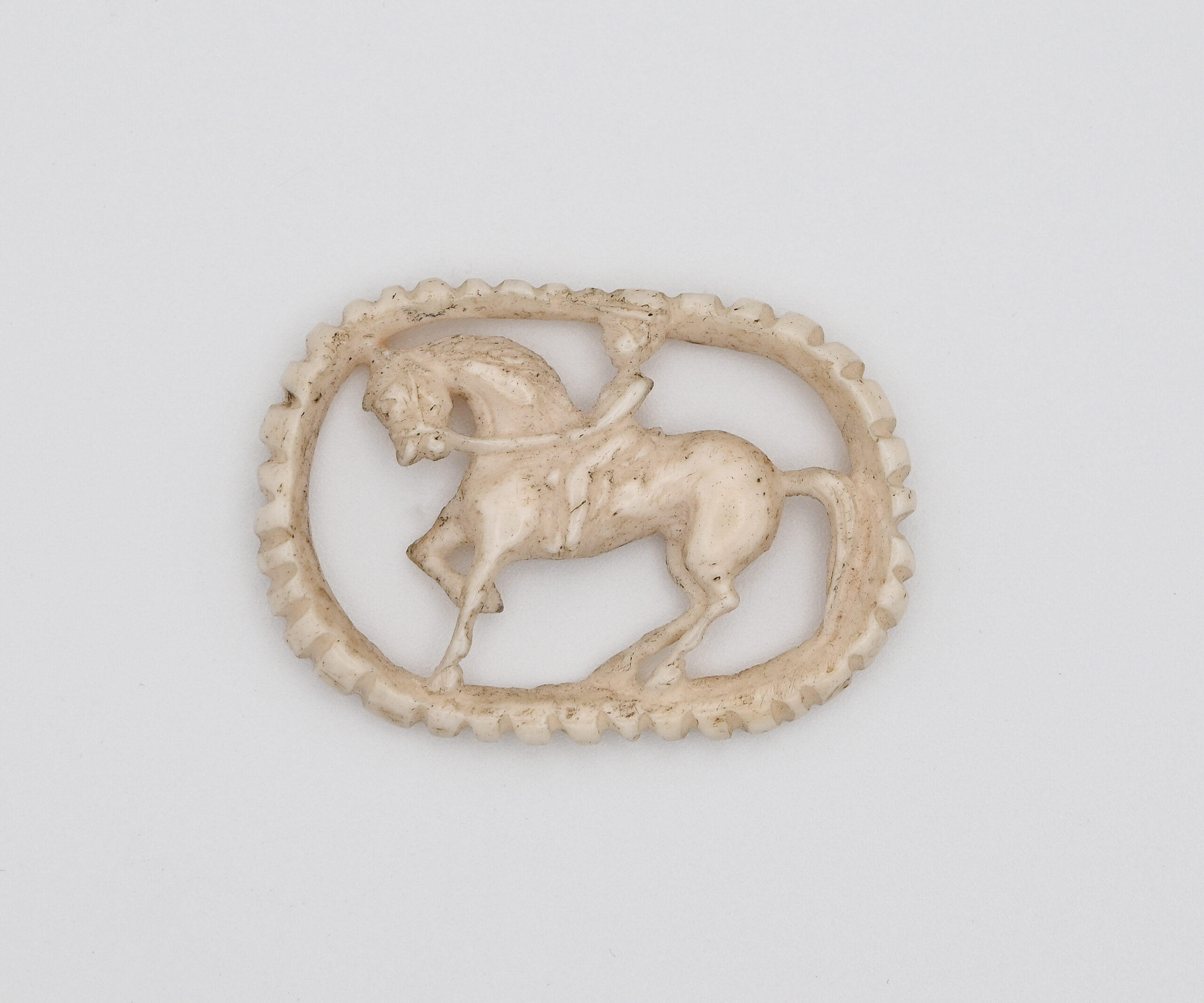Playing Your Cards Right
Maintaining the Victorian Social Network
The lady who kept her calling cards in this delicately carved ivory case may have been one of Thomas Arkell’s daughters, from Charlton near Bathurst. She clearly looked after it. Perhaps it was only brought out on the days on which she ‘called’ on her social network.
Calling, in the days before telephones, meant visiting friends and acquaintances at their homes. Paying calls was an important way for the middle and upper classes to maintain social connections and hierarchies in nineteenth century society.
When visitors called, they would present their card to the butler or footman. If the lady of the house was not at home, the card would be left on a silver tray in the hallway alongside the cards of other callers, acting as a kind of ‘who’s who’ of visitors. A system of rules governed the appropriate times for calls, who could be called on and whose calls would result in a return visit.
A whole industry was created around calling, designed to indicate the status of the caller. Cards of particular size and texture were embossed in a way that indicated the bearer’s breeding and good taste.
While gentleman could carry cards loose in their jacket pockets, ladies’ cards were stored in lidded cases. These could be made of sharkskin, engraved silver or enameled gold by English metalsmiths, or – as in this case – of carved ivory, made by Chinese artisans for the export market. Even silver trays for holding the cards were manufactured and used until the 1920s, when calls could be made by telephone rather than in person, and calling cards and their associated paraphernalia became the relics of a bygone age.


